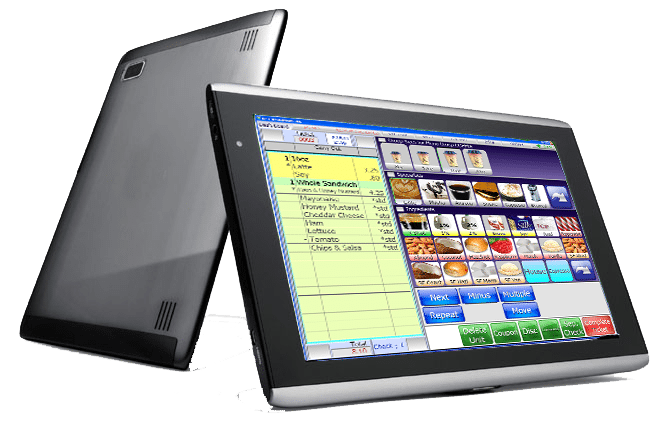POS systems are here to stay. Almost every business has a central billing terminal handled by a cashier. The cashier swipes products, tallies payments, collects cash, swipes credit card, and prints a receipt for the customer. This may sound simple, but there were problems with this system. Customers had to stand in line to complete their billing and this took a considerable amount of time. On top of that, the product information (at times) was not found in the POS system at all.
Mobile and Tablet Based Billing Systems: The Wave of the Future
Since 2000, POS systems have been undergoing rapid change and intensive modernization, according to the Small Business Administration (SBA.) With the advent of smartphones and tablets, vendors like Shopify migrated their POS systems on to these useful appliances. This move made traditional computer and CPU-based POS systems redundant. It was now possible for small retailers to use smartphones and tablets as ambulatory billing devices.
The devices logged on to the store Wi-Fi system and connected to the store POS located on a central server. Staff members could move about the store and help customers anywhere. In case of a sale, the goods were swiped with handheld wireless barcode scanners and bills or receipts were emailed to the customer’s smartphone or email id.
For customers who moved towards the billing counter, an iPad was mounted on the billing counter with a fixed stand. To prevent damage, the iPad was covered with a ruggedized cover and it connected to the store POS through a wireless connection as well. Stores like the Bean Sprouts Café & Cooking School, at Madison, Wis., switched over to the tablet-based POS system almost immediately states Entrepreneur. In fact, the system was so easy that about 70% of retailers started actively contemplating a shift to tablet-based POS systems because of the small screen size, simple operating procedure, and ease of use.
Using a Tablet-Based POS System: Pros and Cons
Although shifting to a tablet-based POS system does make sense, retailers have yet to be convinced about the system. Every new technology has its pros and cons and tablet-based systems are no different. If you are interested in shifting your POS system to tablets, here are a few things you should know:
Pros:
- Tablet POS systems are cheaper. On an average, they cost about $1000 or so to set up. Users have to pay a small fee every month for the POS system.
- The entire system can be up and running in about a day.
- Cloud-based systems ensure that customer data is stored online with top-of-the-line security.
- Training time is minimal as users are already familiar with tablets
- Extra hardware and software is not required.
- Unlimited additional tablets can be connected to the POS system at no extra charge.
- The cloud-based server will automatically update the system and ensure customer data is protected.
- By adding a tablet to the store, store personnel can also encourage spot purchases and impulse sales.
Cons:
- The POS system runs on an internet connection. If the connection is down, store billing is affected.
- IPads are incredibly delicate and they can be damaged due to rough use.
- There is also a chance that customers and staff may walk off with the iPads, resulting in theft of the appliance and of critical customer data.
Compared to conventional billing systems, tablet-based POS systems are quite useful and have very few drawbacks, states Archelonenclosures. Tablet technology could easily replace traditional POS systems. The low cost of ownership, extreme portability, and ease of use could phase out almost every kind of billing system available today.
However, retailers are still holding back. They are not willing to convert their entire store to tablet-based POS systems. With rapidly evolving technology, retailers expect tech giants to come up with more modifications over the next two years. As of now, retailers like McDonalds and Dominoes Pizza are using tablet-based POS systems as back-up or auxiliary billing systems. If retailers can demonstrate the effectiveness of tablet-based systems for major stores, then we can expect ambulatory POS systems to take off in popularity.

